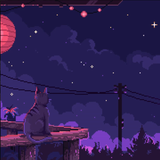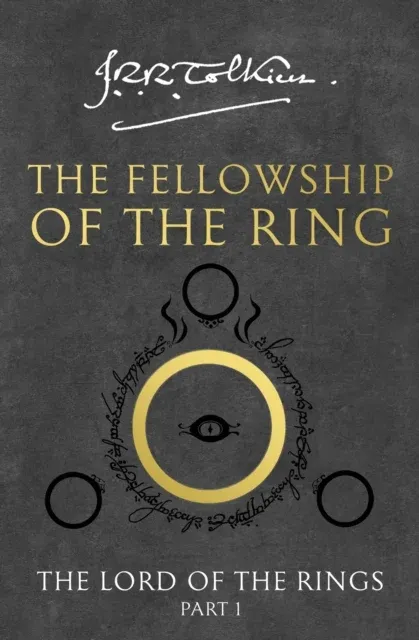Inheritance and Variation

Chromosomes and Genes
Every organism inherits traits from their parents. These traits can include how something looks, how it acts, and how likely it is to get certain diseases.
The storage location for these traits are the genes. These are passed from the parent to the child. For example, if a cat has parents that are ginger, then the probability of it being ginger is almost 100% from the genes.
Genes are parts of chromosomes, which are cell structures. These can be found in the nucleus of cells. In each of these chromosomes there is one big DNA in which the genes are stored.
Genes, proteins, and Traits
Genes are specific parts of chromosomes' DNA. The molecules that comprise the DNA are made of small parts called nucleotides.
Four types of nucleotides make up DNA. These molecules are called A, C, T, and G. They stand for adenine, cytosine, thymine, and guanine. In a gene, the nucleotides are linked in a specific order
There are many different functions in cells carried out by proteins. For example, some proteins provide structure for the cell.
Proteins consist of smaller components known as amino acids. The amino acids in a protein are also connected in a specific order. A protein’s amino acids determine its 3D structure and its function.
The cell builds proteins using instructions found in genes. A gene's nucleotide order determines the order of amino acids in one or more proteins.
Mutations
A mutation is any type of change to nucleotides' DNA. These changes can occur when the DNA is being copied through reproduction, or because of environmental factors.
Mutations can be either harmful, neutral, or helpful to the body
- Harmful mutations harm an organism’s health. Some mutations cause diseases like sickle cell anemia or cystic fibrosis.
- Neutral mutations have no effect on an organism. For example, some gene mutations don't cause amino acid to decrease or increase.
- Helpful mutations increase an organism’s health. For example, some people have mutations that reduce their chance of getting diabetes.
Genetics Vocabulary
An organism's traits (what it looks like, its behavior, etc.) are affected by its genes. These genes can have changes that are named alleles.
A trait that is observable is called a phenotype. The phenotype's appearance is the result of the alleles' combining with each other. Alleles can either be dominant or recessive.
- Dominant alleles are what determines the phenotype.
- Recessive allele determines the phenotype if there is no dominant allele present.
Many organisms have two alleles per gene, one passed down from each parent. A combination of alleles is called a genotype.
There are two types of genotypes called homozygous or heterozygous genotypes. Homozygous has two of the same types of alleles. The heterozygous has two different genotypes.




